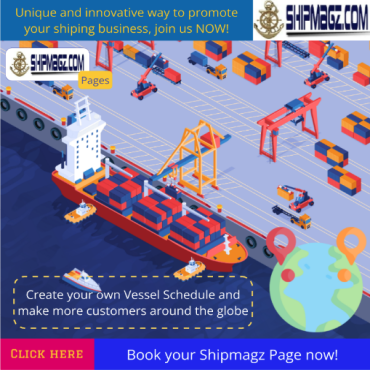Floating terminal concept receives AiP

Background
Sea Technology has developed a modular, offshore terminal solution called the Sea Technology Floating Terminal (STFT). It is intended to serve as a full-scale floating port infrastructure for large container vessels, vehicle RoRo operations and other heavy cargo handling. According to the company, the concept is designed to handle millions of TEUs per annum and operate in deeper waters where traditional land-based port expansion becomes challenging.
What the AiP Means
The AiP (Approval in Principle) granted by DNV confirms the STFT’s conceptual design meets key safety, structural and environmental criteria as assessed by a leading classification society. This essentially de-risks the project from a technical standpoint and helps validate the floating terminal concept’s viability for real-world deployment.
Why the Concept Matters
- Capacity and vessel size challenge: With container ships growing in size (ULCVs) and land-based ports facing constraints of space, depth, and infrastructure, floating solutions such as the STFT offer an alternate route to expansion.
- Deployability and modularity: The floating terminal concept can be built off-site, modularly assembled, and positioned in deeper water or near existing ports, reducing the need for dredging or large land reclamation.
- Environmental and operational advantages: By locating operations offshore and potentially integrating services such as renewable energy generation, freshwater production and waste-to-energy systems, floating terminals may reduce the environmental footprint while improving logistics flexibility.
Key Features of the STFT
- Modular hull modules welded together to form an offshore terminal platform stretchable to 600-700 m length and ~360-m beam.
- Capacity to handle millions of TEU (containers) annually in a self-sustained floating port environment.
- Designed for deep-water deployment, reducing reliance on shallow water ports and heavy dredging.
Implications for the Industry
- For port authorities: Such floating terminals provide a strategic option to expand capacity without typical land constraints, potentially unlocking new trade hubs in under-serviced regions.
- For shipping/logistics operators: Access to additional berthing space in deeper waters and relief from congested land-based ports may reduce delays, costs and environmental burden.
- For equipment, infrastructure suppliers and classification societies: The AiP marks a technical milestone, signalling that floating terminal infrastructure is moving closer to practical deployment, opening new business opportunities.










